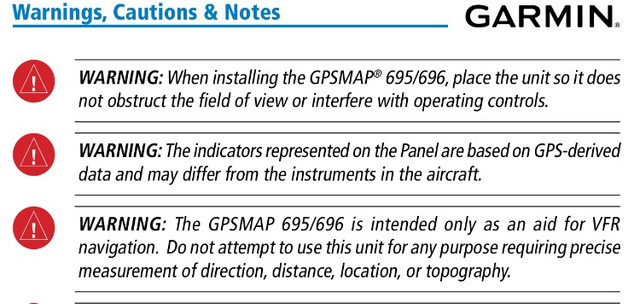This is an old topic of discussion. For the longest time, it was argued that GPS database had to be current and that is what was specified in most of the AFMS section2, limitations. Then UPS Apollo changed the wording to indicate that the approach data had to be current. Garmin bought UPS and adopted similar wording beginning with the 430W/530W. Then the AIM added a note indicating that it was OK "3 Requires current database or verification that the procedure has not been amended since the expiration of the database." That note is still there in the AIM TBL 1-1-6), but because it is not regulatory, it falls back to the actual AFMS. The FAA later changed the wording in AC 90-105 and tightened up to only allow it on changes in flight that crossed the AIRAC cycle, so you takeoff in one AIRAC cycle but land in the next. The AC and the AIM are not the final say, the AFMS is. IMHO, it is totally safe and very easy to check if the expiration of the database is prior to the last change for an approach, SID, or STAR. Most of these procedures don't change for years at a time. If the approach changed after the date of the database, then you can't use it.
The ACS makes it simple, the DB must be current.

